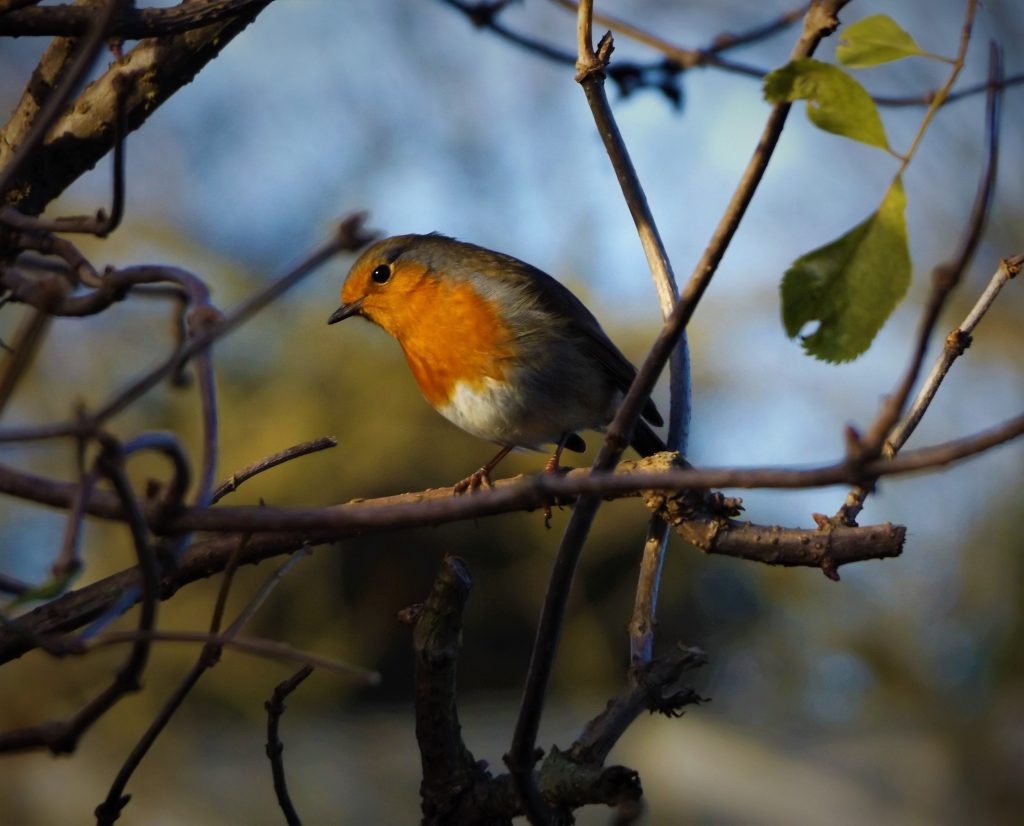Across the UK we have a wide range of wonderful wildlife which can vary depending on the season. The weather can affect many different aspects of an animal’s day to day life, from food and water supply to shelter. This is why we want to share with you when and where you should be looking to try and spot some of the UK’s greatest creatures throughout the year.
Summer
England’s summers can be unpredictable where some days are full of hot, bright sunshine and other days filled with cloud, but one thing you can count on is that the wildlife will be booming! From May to August, one animal you can try to spot is the Swift. These majestic birds rarely land anywhere other than their nests so if you’re hoping to see them, you’ll need to look to the sky. You may be able to spot their nests hidden in church towers and high chimneys as they always nest high. When looking for the Swift, you should be looking for a medium sized bird which is a sooty brown but may look black against the sky. If you look closely enough you may see their white throats. They also have long pointed wings with a smaller body.
Another smaller animal you may be able to find around dusk is a range of wild bats! You’ll be looking for small-bodied creatures in trees and woodland. The most common bat you can find is the Pipistrelle bat, which are widely distributed across the country. These bats have small brown furry bodies and a wide wingspan. They are a protected animal so make sure you don’t harm them or disturb their homes, but feel free to observe them crawling and flying about!
Autumn
Autumn is filled with crunchy leaves, cold breezes, showers and so many beautiful animals! One of the best you can see in the wild at this time is the Red Deer, as it’s their breeding season. If you are in the right place at the right time, you’ll be able to see the stags competing for ownership of the herd. This involves them locking antlers and roaring. These deer can be bigger than a human and are the UK’s largest species of deer. You’ll be able to find these gentle giants in woodland and forest areas but it’s not unheard of to find them in moors and open fields, as they have adapted over the years to live in these areas of Scotland.
A smaller animal you may find around your local woodlands in Autumn is the Badger. These creatures are extremely sociable and live in families in their underground setts. You need to be careful when approaching any setts at dusk because you don’t want to startle the badgers. Our best tips are to wear dark clothing, avoid perfumes and keep quiet, and you might be lucky enough to see some of these little guys come out and socialise with each other.
Winter
As Christmas quickly approaches, you’ll notice a whole different range of wildlife around, as many animals go into hibernation during the winter months. One classic Christmas bird you might be lucky enough to see in your own garden is the Robin. These birds are one of the only birds that sing in the winter months as they do this to defend their territory. If you see a robin in your garden multiple times it’s most likely it’s the same one every time. This is because Robins are extremely territorial over their food source and will only ever bring their mate to the same food source. If you want to attract a Robin to your garden, leave out fatty foods. Robins enjoy these as their main food source is scarce and the fats in foods like cheese and bacon rind keeps them fed and warm.

Spring
In Spring you’ll be surrounded by a wealth of wildlife and new arrivals. A great place to look is local ponds or rivers, as you’ll be able to find lots of ducklings and their mothers there. You’ll find them amongst reeds and plants as this is where many birds such as swans and ducks make their nests. Another great place to see brand new wildlife is at your local farms. They will have many new lives running around and it’s a great experience for little ones!
Overall, there is so much wildlife available for you to experience in the UK, all year round! We’d love to know what you’ve seen so send us your pictures of our own local wildlife!


